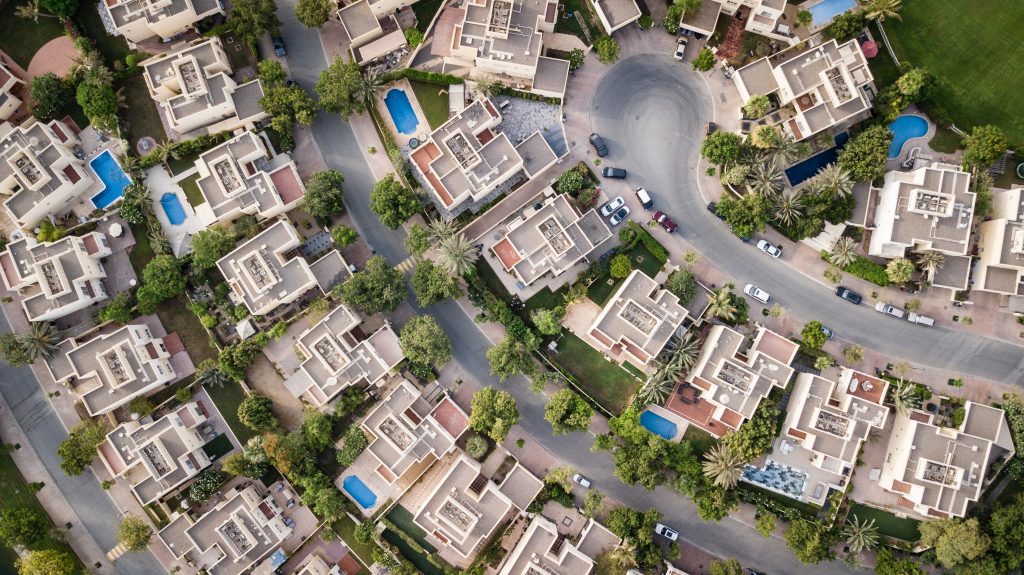
Any strata building is complex. In a single day, there might be a range of issues requiring the input of professional managers and specialist contractors.
The average size of strata schemes has increased dramatically in recent years; whilst 40 lot buildings used to be considered large strata schemes (and contain c. 80-100 residents), it’s now common to see 300+ lot strata buildings, with potentially over 600-800 residents. This isn’t only a Sydney/Melbourne metro phenomenon – it’s an urbanisation issue impacting Brisbane, the Gold Coast, Newcastle, Canberra, Adelaide, etc.
This has changed the landscape for strata and facility management and there are constant calls for higher skill levels than were once required. These communities are complex, have massive budgets and the skills, software and contractors required to manage them are comparable to that required for very large commercial buildings. This is also a time of machine learning and soon we will (hopefully) say goodbye to repetitive/mundane administrative tasks which pain the strata and facility managers of today.
Additionally, strata committees used to be able to do a lot of legwork at a building and it was common to see them made up with people who had time, rather than specific skills. Successful strata committees of today are made up of experienced professionals who have owned in multiple buildings, are experienced and knowledgeable about their obligations and functions in sitting on a committee and know the benefit of solid independent management and advice.
It’s now more common for smaller buildings to have the input of both a strata manager and building manager, as these buildings understand the benefit of an onsite professional and their input in the context of the complex facility which the owners are expected to manage.
The strata manager of the future is a relationship manager and master administrator supported by a well-resourced, technologically abled and specialised head office – they understand that they need to help buildings make good decisions and they arm them with the appropriate information to do so and they ensure transparency, accountability, compliance and process. They are great at communication by myriad means, cost planning and running meetings.
As noted, many of the traditional strata functions are becoming automated, however the role of the strata manager is expanding and diverging into that of the facility manager.
Strata companies with FM capabilities are ahead of the curve, as they understand and have close involvement in:
- asset maintenance/management. Compiling asset registers, advising on and arranging routine preventative maintenance.
- Community building
- Sustainability and energy/water management
- Emergency planning and relief/management
- Prompt communication with occupants by different means
- Focus on building security
- Can assist with economies of scale
- Defect management
- Development advisory – how will people live in the asset?
- Ensuring contractors have undertaken work correctly, assessing the payment of invoices
- Remote access and management

Ultimately, strata and facility management (in both strata and community schemes) will converge, with most full-service strata companies having an inhouse facilities management business to truly support the strata living experience and expectations of today’s occupiers.
The strata management company of tomorrow (that wants to manage the communities of tomorrow) is well versed in facilities management, with the inhouse skills to manage the building fabric and the ever changing needs of its occupants.